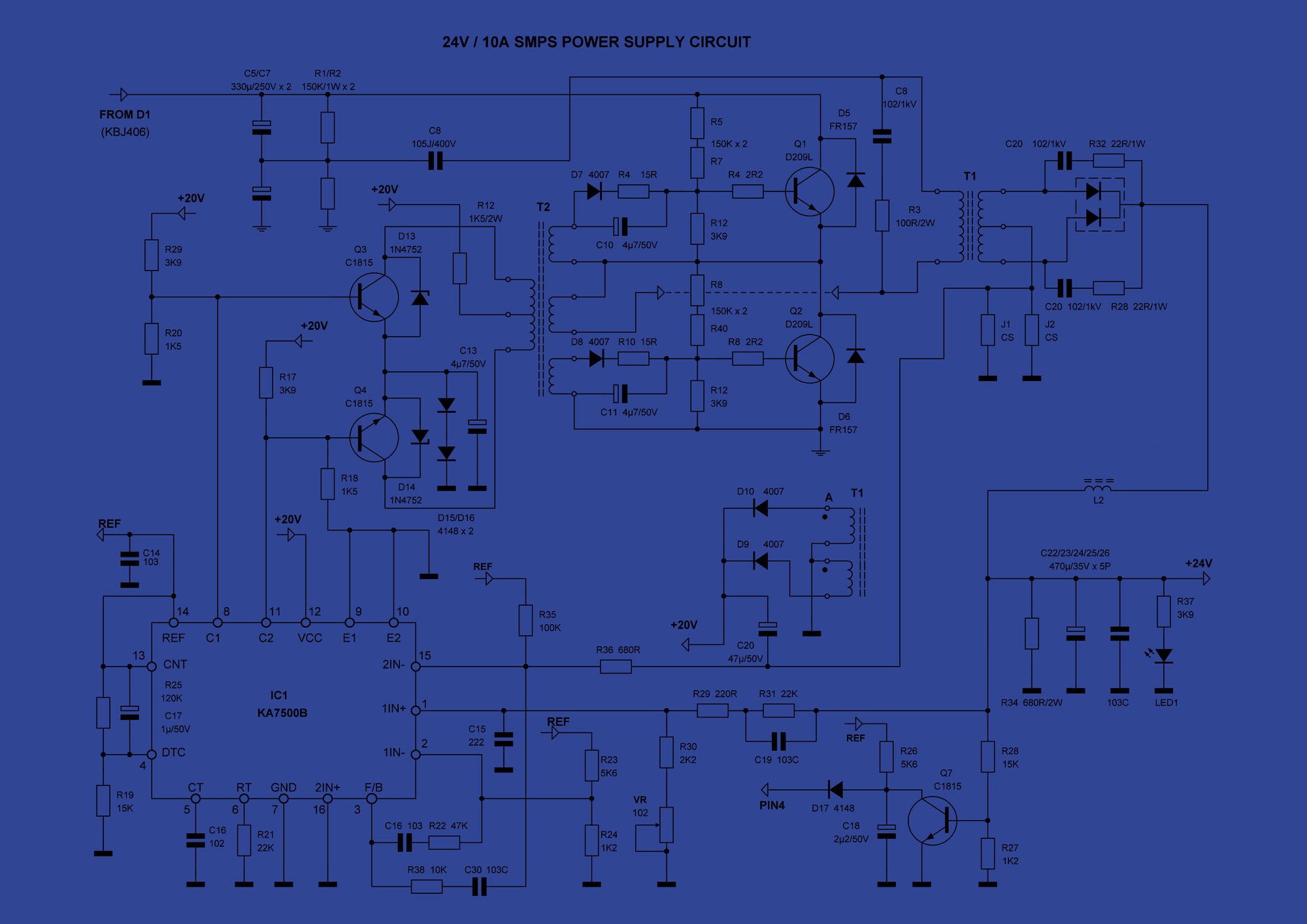

Start Here:
CISPR 12: “Vehicles, boats and internal combustion engines – Radio disturbance characteristics – Limits and methods of measurement for the protection of off-board receivers”
CISPR 12 is a key automotive standard that details the test method for ensuring cars and other vehicles don’t emit too much RF energy at a distance, usually 10 m away. It’s often referred to as an “off-board radiated emissions test”.
CISPR 12 is one of the critical standards that apply to full vehicles, whether using traditional internal combustion engines, electric vehicles, or hybrids. The current edition is from 2007, with amendments in 2009, and you can find it for purchase here. The intent of the requirement is to protect radio receivers that are external to the vehicle, such as an FM radio in a nearby house, or the two-way communication system of a passing ambulance. It applies to boats and ground vehicles, with both internal combustion or high voltage EV engines. The test is generally at 10 m distance, although if only a 3 m separation between the vehicle under test and the test antenna can be achieved, the limits can be increased by 10 dB to account for the difference (this linear extrapolation is doable since both 3 m and 10 m measurements are reliably in the far field in the 30 MHz - 1 GHz range--don’t try this with 1 m measurements such as in CISPR 25).
TIP:
CISPR 12 has limits that are expressed in Average and Quasi Peak. Quasi Peak (QP) testing takes forever, so the standard recommends speeding things up by doing a Peak sweep first. If all the Peak values are below the QP limit lines, then it’s accepted that any QP measurements will also pass the requirement. (This is true probably 95% of the time, but not always.) In that case you’re done and you’ve saved yourself a lot of time compared to taking QP measurements. If there are specific frequencies where Peak values are over the QP limits, you can go back and take QP measurements at only those frequencies. Quasi Peak detection is a little strange and can be hard to track down information on, so see this Quasi Peak article for a quick explainer.
TIP:
Another way to speed up testing is to increase the bandwidth of your initial scan, keeping dwell time the same. If you pass the specified limit with the wider bandwidth, you can be assured that you would have passed with the smaller bandwidth. Then if you run into exceedances at a specific frequency range, you can go back and test that range with the smaller spec bandwidths.
